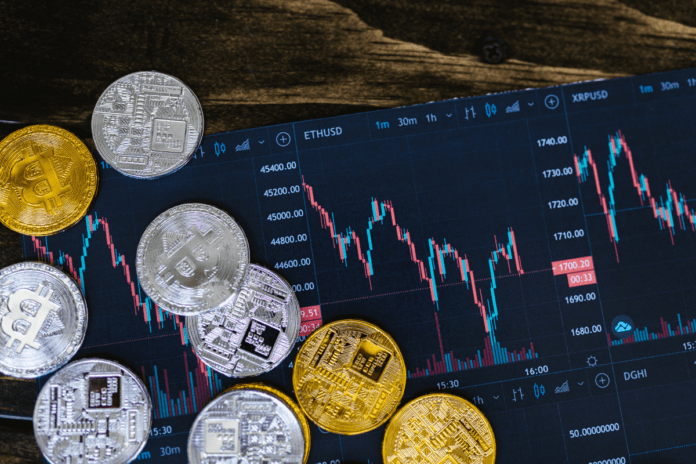Crypto spoofing is a process by which criminals create fake orders to artificially influence the prices of cryptocurrencies. Also known as market manipulation, this activity can make crypto markets look more or less favourable than they are, and can lead legitimate investors to either sell or buy stocks based on false information.
Spoofing is prevalent in all trading fields, but the existing volatility of crypto trades means crypto spoofing is a particular industry problem. In an attempt to tackle the issue, the FBI recently created a fake cryptocurrency called NexFundAI to expose spoofing activity. Their efforts resulted in several arrests, but as any expert knows, this is barely the tip of an industry-deep problem.
If you’re considering investing in cryptocurrencies, it’s therefore essential to keep yourself safe from spoofing. In this article, we’ll consider the best ways to do that.
# 1 – Always Choose Legitimate Trades
You must always focus on buying crypto from legitimate sources. This is because trusted trading platforms are well aware of spoofing problems, and should have security protocols in place to prevent them. Admittedly, there’s no tried and tested way to identify spoofing, hence why the FBI had to create a cryptocurrency before making arrests. However, steps like incorporating a crypto API into a trade platform’s security processes can help, as this software can prevent and flag suspicious activity. Equally, regular audits, and a firm understanding of real-time market activity, allows experienced traders to quickly identify spoofing in its infancy.
# 2 – Be Wary of Crypto Whales
Crypto whales are investors who hold significant amounts of cryptocurrency. So much so that their movements can have a significant impact on crypto markets overall. The biggest bitcoin whales include the Winklevoss twins and the mysterious Satoshi Nakamoto, and paying attention to their activities is always worthwhile. For one thing, watching their trades is a great way to understand legitimate crypto market values and fluctuations. Unfortunately, some whales also have a foot in spoofing which can be potentially very lucrative for them. As such, it’s always worth measuring the behaviour of whales to identify and avoid potential trickery that could include stop loss hunting and fake large orders.
# 3 – Avoid the Trade That’s Too Good to Be True
We all dream of landing that big trade deal, but this pursuit is often precisely what lands us in hot spoofing water. After all, cryptocurrencies are naturally high-risk, volatile, and hard to get a grip on. If a crypto trade seems like a sure thing or is at least sold that way, you can be pretty sure there’s some spoofing at hand. While these offers might be undeniably tempting, always practise due diligence, do your research and, if the facts don’t add up, step away even if those facts promise to pay for your retirement on paper.
Spoofing is just another risk within the high-risk world of cryptocurrencies, but there’s no reason this rising threat needs to ruin your crypto experience when you protect yourself in these ways.





